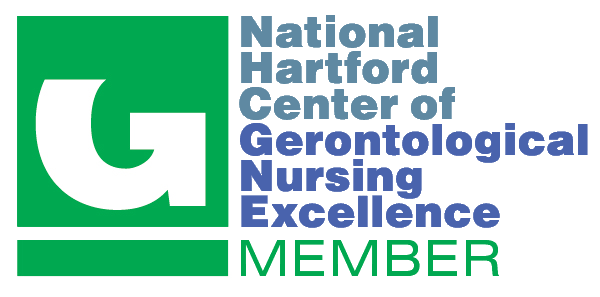Doctor of Nursing Practice Program
Nichole Sorenson, DNP, MSN, APRN

-
Committee Chair Name & Credentials:
Jennifer Barut, PhD, MSN, RN -
Committee Member Name & Credentials:
Jennifer Barut, PhD, MSN, RN
DNP Project Abstract
Assessing Caregiver Burden in Hospital at Home
Purpose
The aim of this qualitative project was to assess caregiver burden to caregivers to patient's in the Hospital at Home program by conducting phone interviews with willing participants.
Methods
Caregivers involved with the Hospital at Home program in May and June 2022 were contacted by phone. The Zarit Caregiver Burden Scale was used to gather objective data on caregiver burden. The Lawton Instrumental Activities of Daily Living Scale was used to gain objective data on a patient's level of function as perceived by the caregiver. Notes were taken during the conversation and read back to the participant to assure accuracy.
Results
Out of 12 caregivers called only four agreed to a telephone interview. Most calls went unanswered. Out of the four caregivers only one caregiver had prior healthcare experience. One caregiver hired additional help due to their own poor health. One caregiver had been involved with the program on multiple occasions. The highest Zarit Score was 7. A Zarit score greater than 8 indicates high caregiver burden (Bedard et al., 2001). Conversations were analyzed for common themes. These were increase in stress with new technology in the home, concern for increasing caregiver demands during an acute event, and appreciation for the support provided from the staff in the Hospital at Home program.
Implications for Practice
Caregivers will have an increase in burden with the initial transition to Hospital at Home, but all felt well supported and would participate in the program again. Additional quality improvement projects should be conducted to obtain a larger sample size to further determine caregiver burden in the Hospital at Home program.




